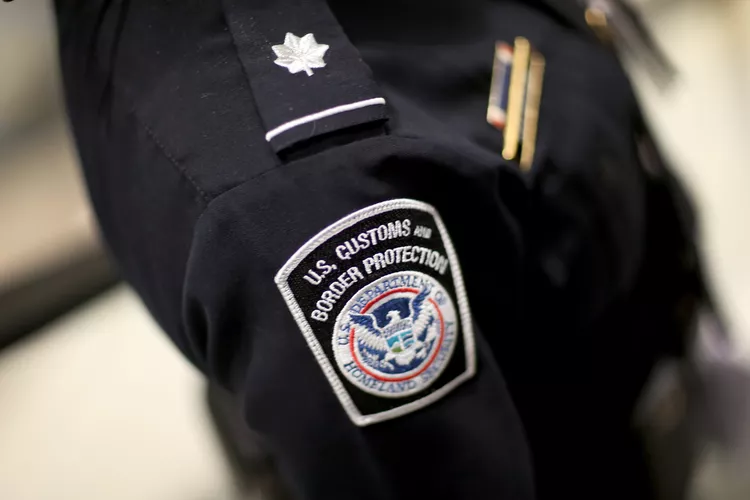1. Summary
- Which Countries Host CBP Foreign Preclearance Locations?
- What Happens at an Airport Preclearance Location?
- What Travel Documents Will I Need to Go Through Preclearance?
- How Long Will the Preclearance Process Take?
- When Should I Arrive at the Airport if I Am Going Through Preclearance There?
- How Can I Learn More?
If you have ever flown to the United States from another country, you are familiar with the tedious process of clearing immigration and customs. As you leave the airplane, you pick up your luggage and walk into a large hall, where US Customs and Border Protection (CBP) officers review your travel documents, ask a question or two about your trip, look over your customs declaration form, and send you to an agriculture inspection station, if necessary. After completing this process, you are finally free to leave the airport.
At certain non-US airports and one passenger ferry terminal, you can now complete the foreign preclearance process before boarding your airplane. This CBP program is designed to improve passenger screening and speed up passenger transit.
Which Countries Host CBP Foreign Preclearance Locations?
As of this writing, you can find CBP foreign preclearance locations in Canada, Aruba, Bahamas, Bermuda, Ireland, and the United Arab Emirates (UAE). The airports in question are:
Canada
- Calgary International Airport
- Edmonton International Airport
- Halifax Robert L. Stanfield International Airport
- Montreal Pierre Elliott Trudeau International Airport
- Ottawa MacDonald-Cartier International Airport
- Toronto Pearson International Airport
- Vancouver International Airport
- Winnipeg International Airport
Caribbean
- Grand Bahama International Airport (Freeport, Bahamas)
- L. F. Wade International Airport (Bermuda)
- Lynden Pindling International Airport (Nassau, Bahamas)
- Queen Beatrix International Airport (Aruba)
Other Countries
- Dublin Airport (Ireland)
- Shannon Airport (Ireland)
- Abu Dhabi International Airport (UAE)
CBP also preclears ferry passengers traveling from Victoria, British Columbia, to the US. Furthermore, CBP hopes to add more foreign preclearance locations at several European airports and is also negotiating with Sweden and the Dominican Republic.
What Happens at an Airport Preclearance Location?
You will go through the same process at an airport preclearance location as you would on arrival in the US. You will give your passport and, if required, your visa to an American CBP officer, who will check your travel documents and may ask you about your trip to the US. If an agricultural inspection is necessary, it will take place after your travel documents have been checked.
Anything you bring with you to the airport is subject to inspection, including luggage, carry-on bags, and personal items. Preclearance inspections are for personal possessions and luggage only, not cargo, according to CBP.
What Travel Documents Will I Need to Go Through Preclearance?
You will need your passport and visa (if required). Additionally, completing a customs declaration form, CBP Form 6059B, is necessary. Only one customs declaration form is needed per family.
How Long Will the Preclearance Process Take?
CBP publishes preclearance queue times online for six of the airports that offer foreign preclearance. You can customize a queue time report to look at last year’s data for the week you plan to travel. For example, at Toronto Pearson International Airport, wait times have ranged from zero minutes to 50 minutes, depending on the time of day. Similarly, at Dublin Airport, wait times have ranged from zero to 40 minutes.
It is important to remember that the published preclearance queue times reflect only the time passengers waited to go through CBP customs, immigration, and agricultural inspections. The time spent waiting at a ticket counter, going through airport security screening, and moving from the security area to the CBP preclearance zone is not included in the CBP reports.
When Should I Arrive at the Airport if I Am Going Through Preclearance There?
If your airport recommends arriving two hours before your international flight, consider adding extra time, perhaps an hour or more, to that estimate. You do not want to miss your outbound flight; consequently, arriving early will help you skip the long Customs and Immigration lines upon arrival in the US.
How Can I Learn More?
If you need more information about the foreign preclearance process, contact Customs and Border Protection at (202) 325-8000, Monday through Friday, from 9:00 a.m. to 4:00 p.m. Eastern time. TDD service is available through the Federal IP program.




